11 Common Lilac Growing Mistakes to Avoid for a Bloom-Filled Garden
Lilacs are a favorite in many gardens, known for their fragrant, colorful blooms. However, growing these beautiful plants can sometimes be tricky if you are not careful. There are a few common mistakes that many gardeners make when it comes to lilac care. By avoiding these missteps, you can enjoy a garden full of vibrant, healthy lilacs. In this article, we will walk through the blunders you need to avoid to ensure your lilacs thrive year after year.
This post may contain affiliate links, which helps keep this content free. Please read our disclosure for more info.
Planting in the Wrong Soil Type
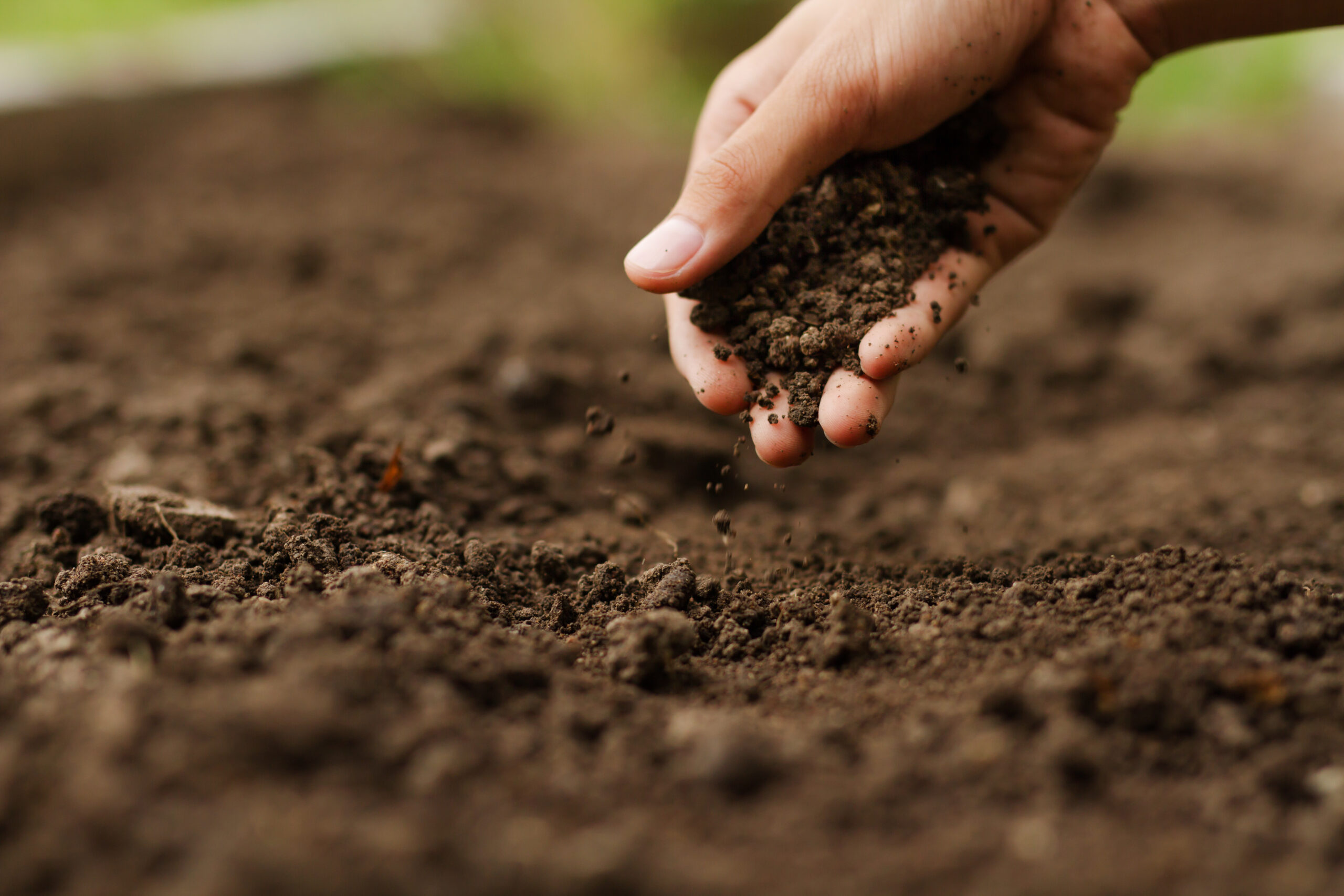
Lilacs require well-draining, slightly alkaline soil to grow properly. Planting them in heavy, clay-rich soil can lead to poor root development and waterlogged roots. If the soil is too acidic, lilacs may struggle to bloom and may show signs of yellowing leaves. To avoid this mistake, test your soil’s pH before planting and amend it if needed, adding lime to increase alkalinity or organic matter to improve drainage.
Using the wrong soil type can also make lilacs more susceptible to root rot and other diseases. This is because water tends to accumulate in soil that does not drain well, suffocating the roots. When choosing a planting site, ensure that the soil is loose and well-aerated. By ensuring the soil is just right for lilacs, you will promote strong root growth and abundant blooms.
Overwatering Your Lilacs
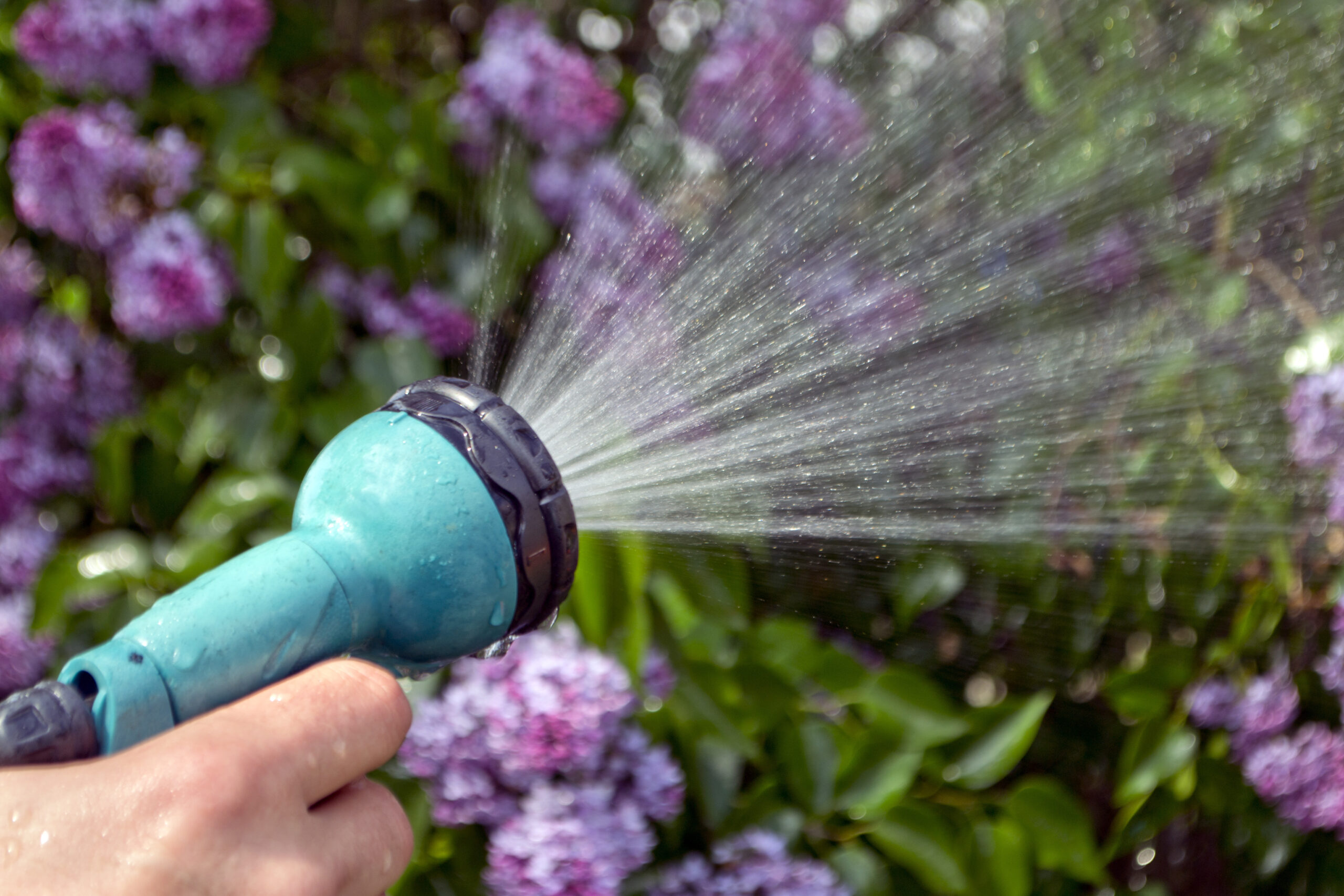
Overwatering is one of the most common mistakes made when growing lilacs, and it can have serious consequences. Excess moisture around the roots can lead to root rot, which prevents the plant from absorbing the necessary nutrients. Lilacs need deep watering, but only when the soil is dry to the touch, especially in hot weather. To avoid overwatering, make sure the soil drains well and never let water sit around the base of the plant.
Even though lilacs prefer dry conditions once established, consistent overwatering can stunt their growth and reduce their flowering potential. The roots will struggle to thrive in waterlogged conditions, which in turn affects the overall health of the plant. To prevent this, use a well-draining container or amend the soil with sand or compost for better drainage. By giving lilacs just enough water, you can ensure that they grow strong and bloom vibrantly each season.
Ignoring Local Climate Conditions
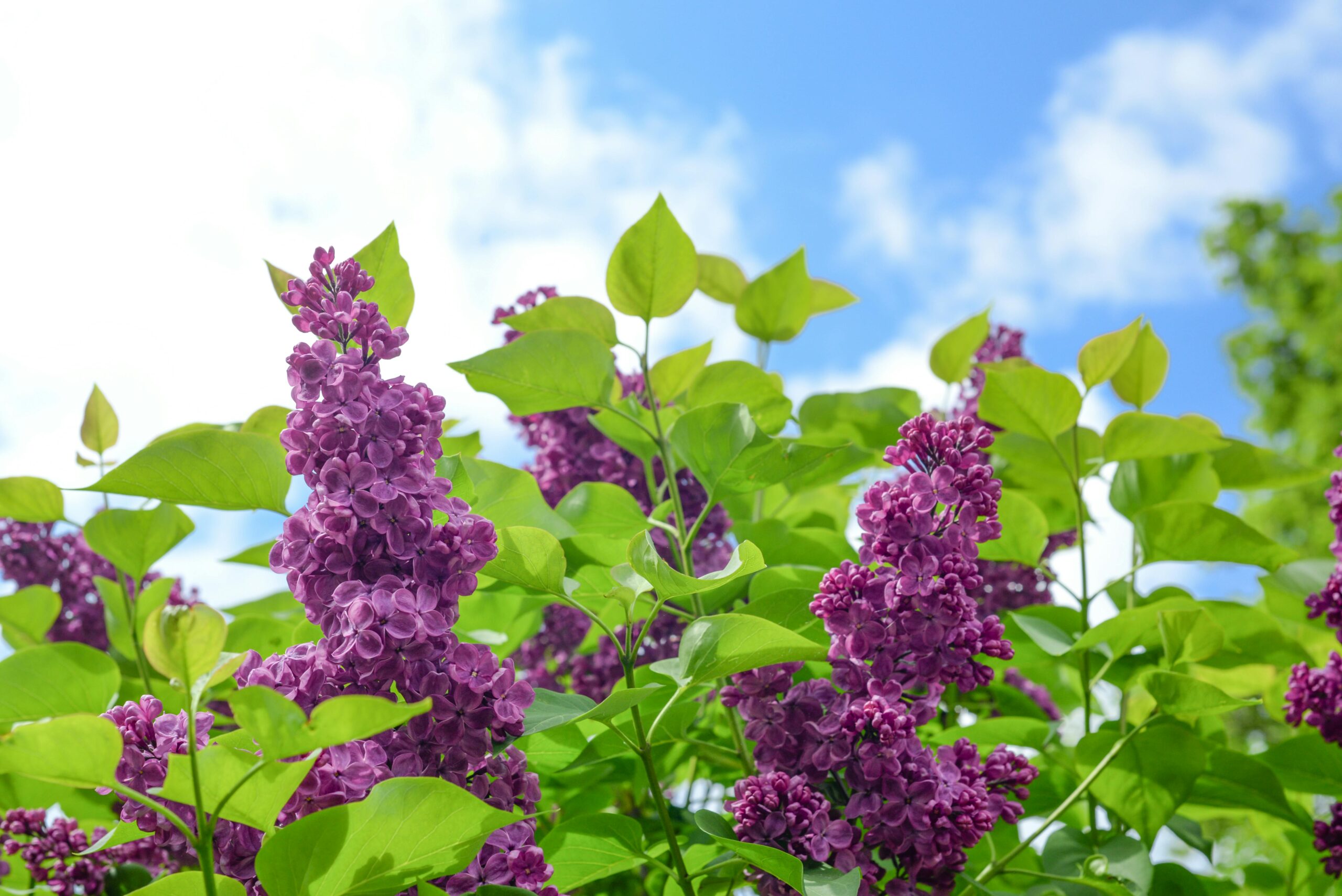
Local climate plays a significant role in the health of lilacs. They thrive in areas with cold winters and moderate summers, but if your climate is too hot or humid, lilacs may not perform well. Ignoring this can lead to stunted growth, poor flowering, or even the failure of the plant to survive the harsh weather conditions. To avoid this, select lilac varieties that are well-suited to your climate zone and ensure they are planted in the right location for their needs.
Failing to consider local climate can also lead to problems with pest control and disease. In hot and humid climates, lilacs may be more susceptible to fungal infections and pests like aphids and caterpillars. Research the specific needs of your lilac variety and adjust planting and care practices based on your area’s unique climate. By taking local weather conditions into account, you can help your lilacs flourish throughout the seasons.
Improper Pruning Techniques
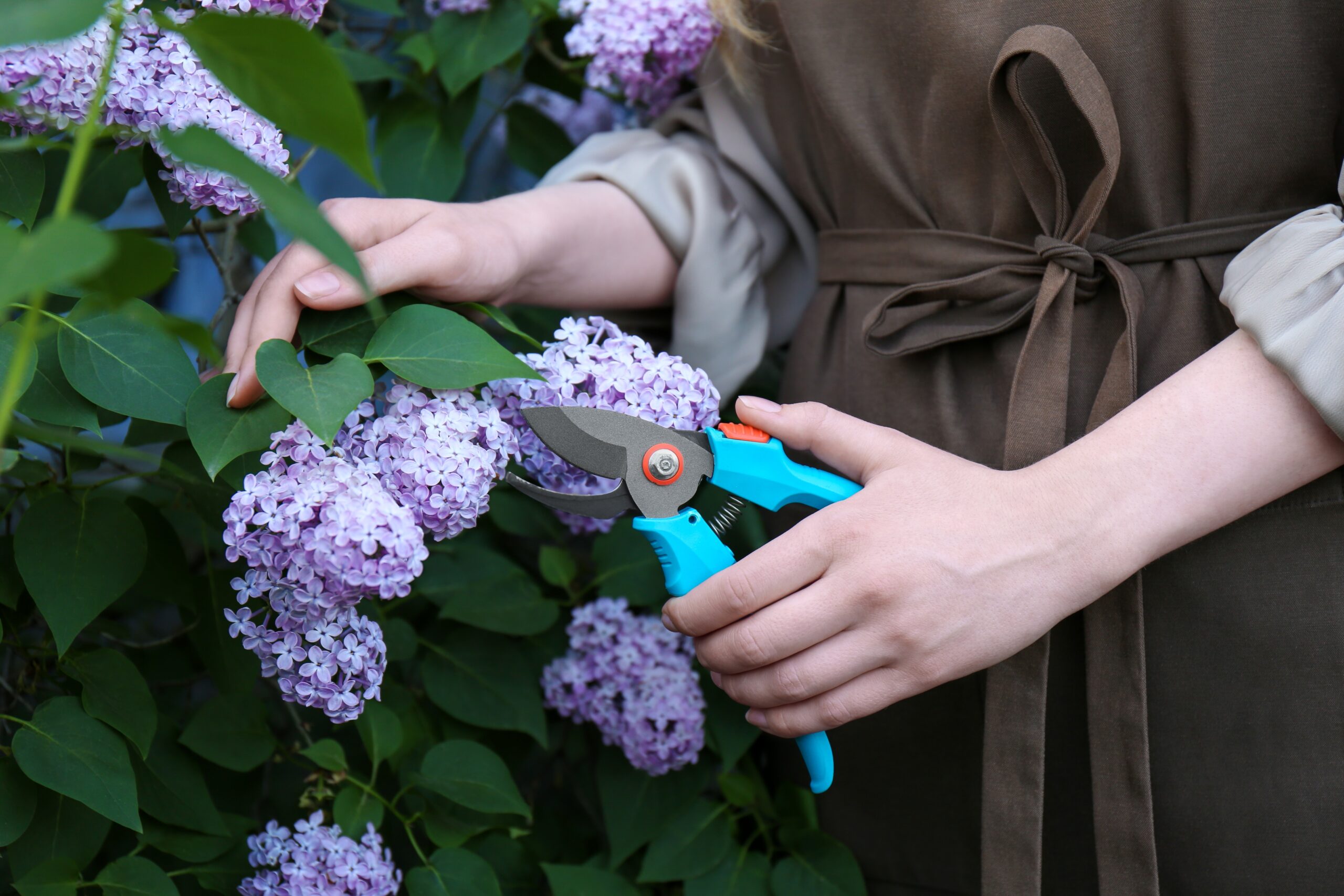
Pruning lilacs at the wrong time or in the wrong way can negatively impact the plant’s health and blooming cycle. It is essential to prune lilacs immediately after they finish blooming in the spring, as cutting them back too late in the season can remove buds that would have bloomed the following year. Avoid over-pruning as well, as removing too many branches can weaken the plant and reduce flower production. To maintain healthy growth, only remove dead, damaged, or crossed branches, and shape the plant gently.
Pruning lilacs improperly can result in reduced flower production, and in some cases, the plant may not bloom at all. Lilacs have a specific blooming cycle that is triggered by their annual growth, so cutting them too early or too late can disrupt that cycle. By learning the correct pruning methods and timing, you can ensure your lilacs thrive and produce beautiful blooms year after year. Regular pruning helps maintain a healthy, attractive plant that will continue to impress in your garden.
Ignoring Pest Problems
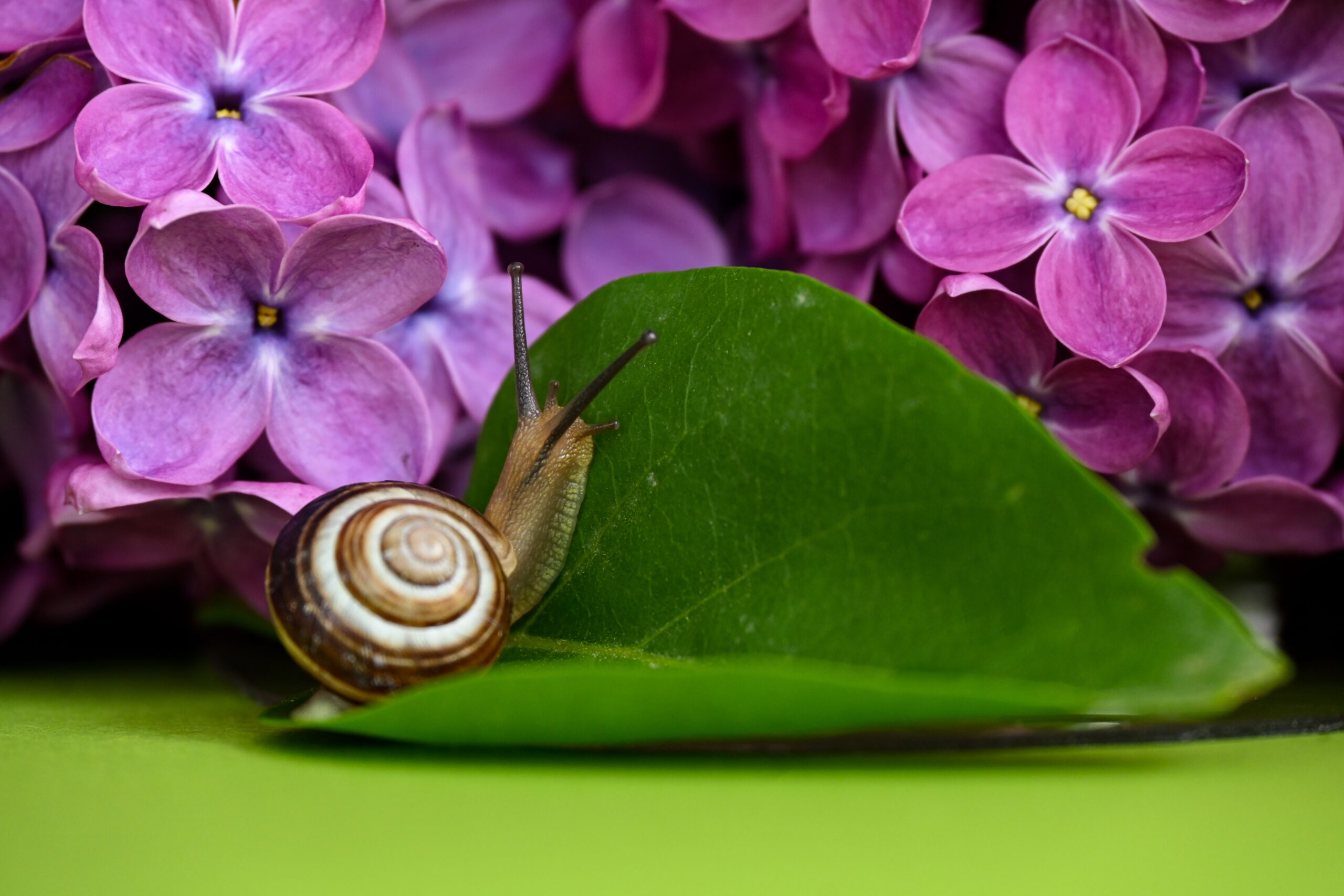
Lilacs, like any garden plant, are susceptible to pests that can harm their health and reduce their flowering. Common pests that affect lilacs include aphids, caterpillars, and the lilac borer. If left unchecked, these pests can damage the foliage, stunt growth, and lead to the decline of the plant. To avoid this, regularly inspect your lilacs for signs of pests, such as wilting leaves or unusual holes, and treat them promptly with organic insecticides or natural pest control methods.
Ignoring pest problems can also attract secondary issues like fungal infections, which thrive in damaged plant tissue. It is important to address pest problems early to prevent further harm to your lilac. To keep pests at bay, consider using companion plants that naturally repel common lilac pests or introduce beneficial insects that prey on harmful insects. Maintaining a healthy and pest-free environment for your lilacs will promote their longevity and beauty.
Skipping Fertilization for Healthy Growth
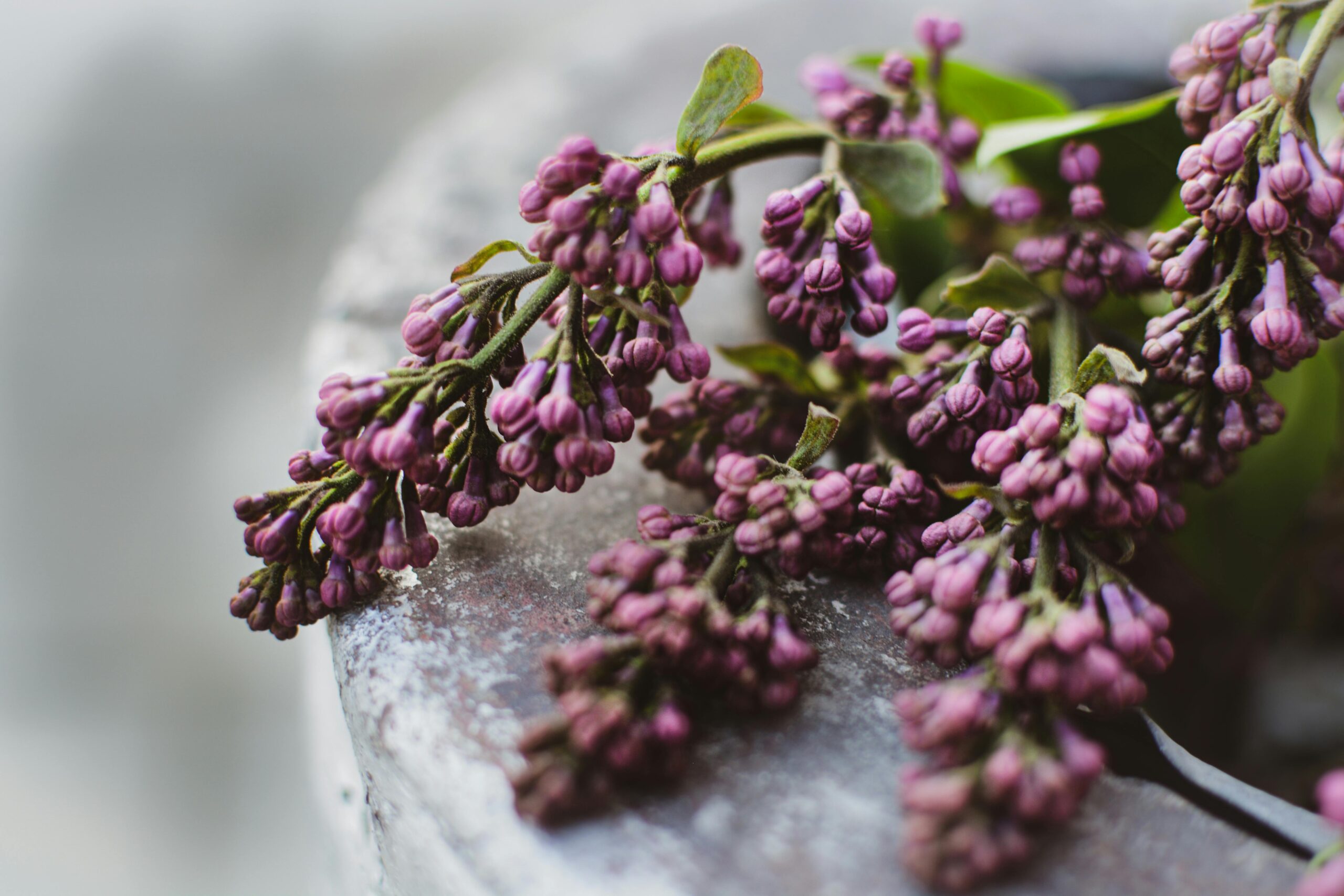
Fertilization is crucial for ensuring that lilacs receive the nutrients they need to grow strong and produce abundant blooms. Skipping this step can result in weak plants with poor flowering and yellowing leaves. Lilacs generally benefit from a balanced fertilizer that is low in nitrogen and rich in phosphorus and potassium. To avoid nutrient deficiencies, apply a slow-release fertilizer in early spring, just before the growing season begins.
When you skip fertilization, lilacs can struggle to develop deep, healthy roots and vibrant flowers. Fertilizer helps lilacs to establish a strong foundation, ensuring that they are prepared for seasonal growth. Over-fertilizing can also harm the plant, so it is important to follow recommended guidelines for application. By fertilizing your lilacs correctly, you will provide them with the nutrients they need to thrive in your garden.
Planting at the Incorrect Time of Year
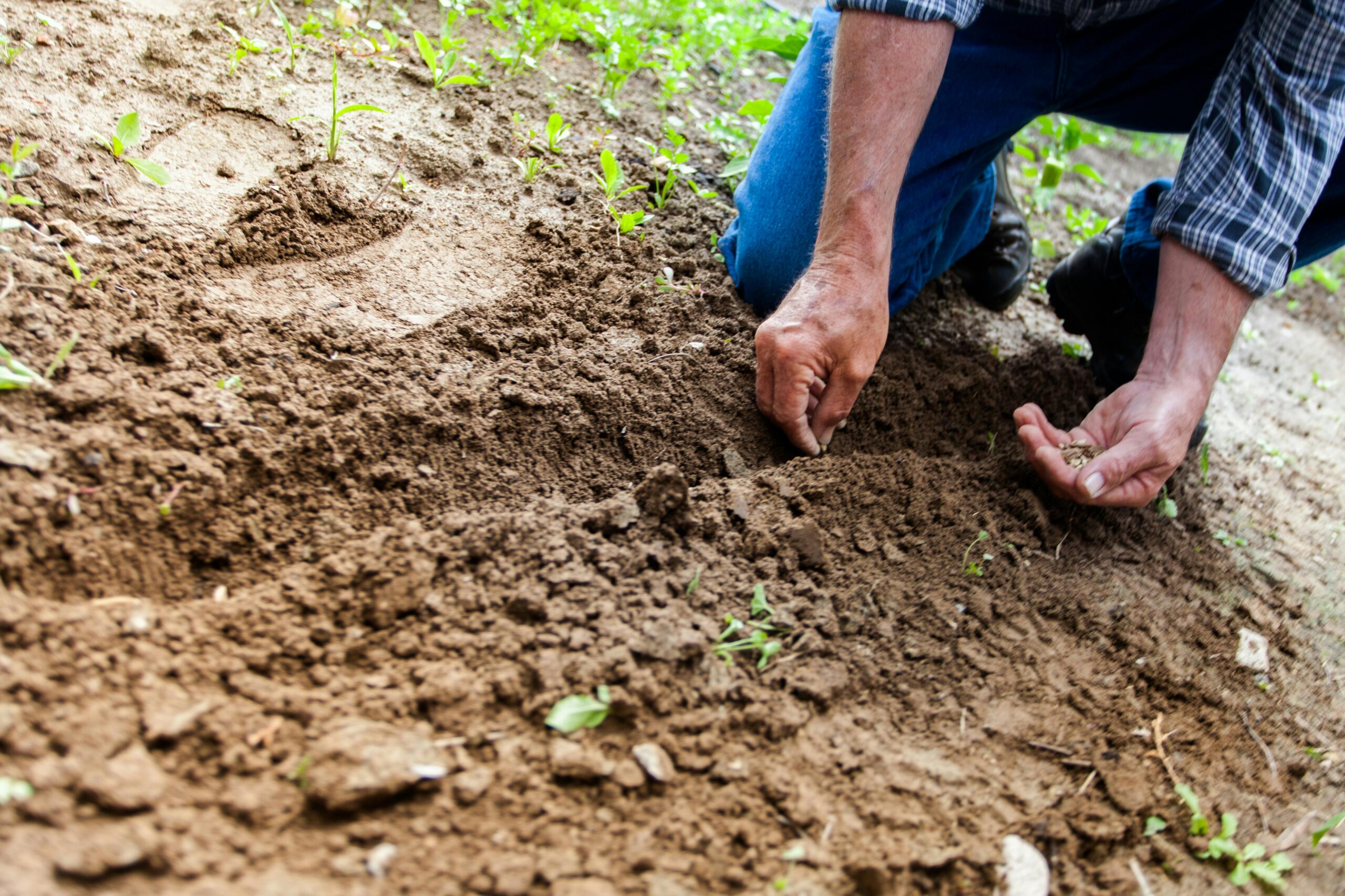
Planting lilacs at the wrong time can affect their growth and flowering potential. The best time to plant lilacs is in early spring or fall, when the weather is cooler and the soil is still warm enough to encourage root growth. If you plant lilacs during the heat of summer or the dead of winter, the plant will struggle to establish itself and may fail to thrive. To avoid this mistake, choose a planting time that aligns with your local climate and ensures the best growing conditions for lilacs.
Planting at the incorrect time of year can delay blooming and lead to stunted growth. Lilacs need time to establish strong roots before the extreme weather of summer or winter arrives. By planting your lilacs at the right time, you will give them the best chance to grow successfully. Pay attention to the ideal planting window for your region and plant accordingly to ensure your lilacs get a good start in your garden.
Neglecting Winter Protection for Lilacs
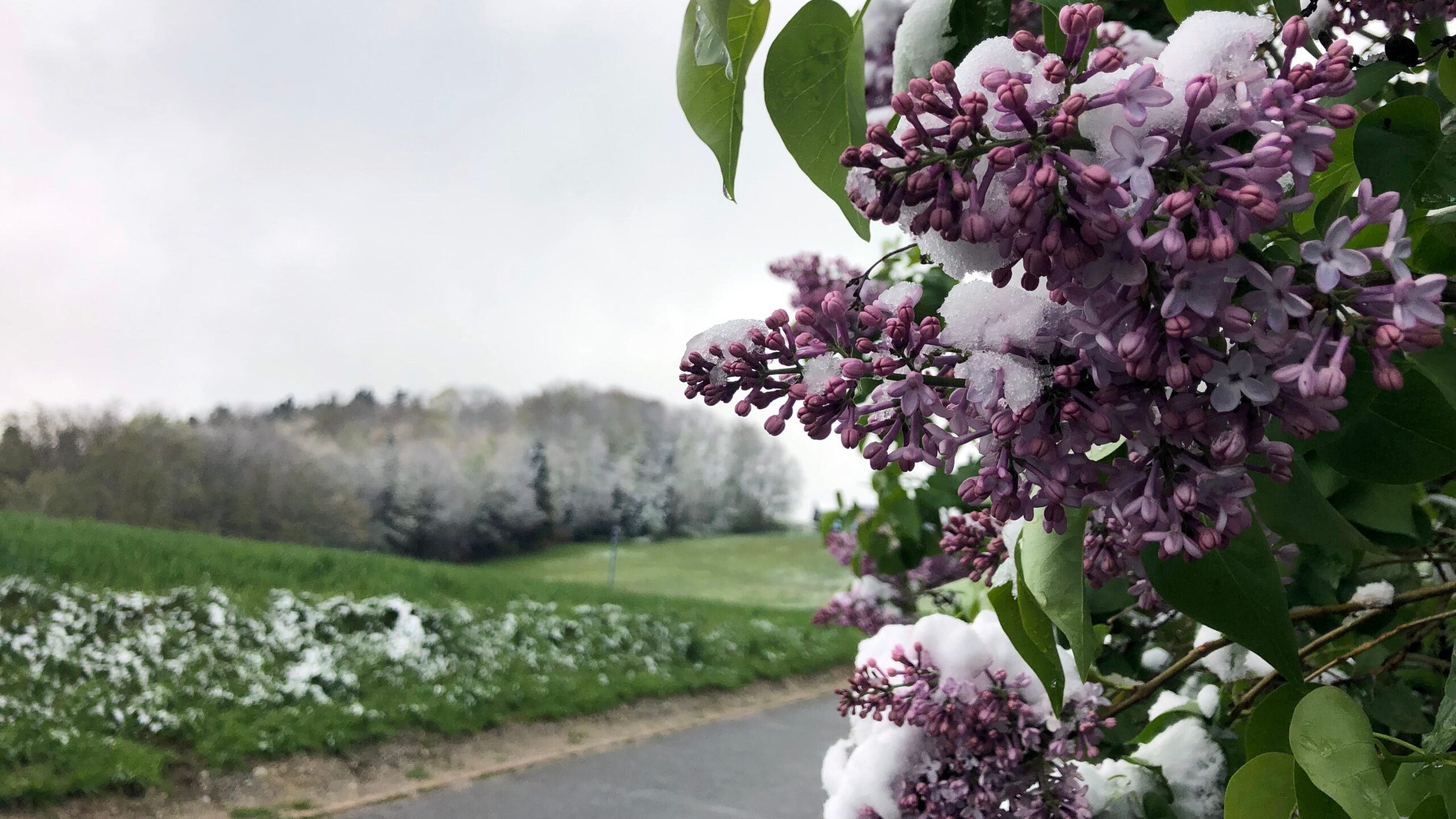
Lilacs are hardy plants, but in areas with severe winters, they may need extra protection to survive the cold months. Neglecting winter protection can lead to damage from freezing temperatures, desiccation, and frost cracks. Wrapping the plant with burlap or covering it with mulch can provide much-needed insulation during the harsh winter. To prevent winter damage, ensure that your lilacs are properly prepared for the cold, especially when grown in areas with extreme winter weather.
If you skip winter protection, your lilacs may suffer from winter kill, which can damage their buds and reduce flowering in the spring. During winter, the plant can also lose moisture, causing it to dry out and weaken. Take care to provide adequate protection by mulching around the base and, in some cases, covering the plant with a protective layer to shield it from the elements. By protecting your lilacs during the winter, you will help ensure they survive and bloom beautifully in the spring.
Not Paying Attention to Disease Signs
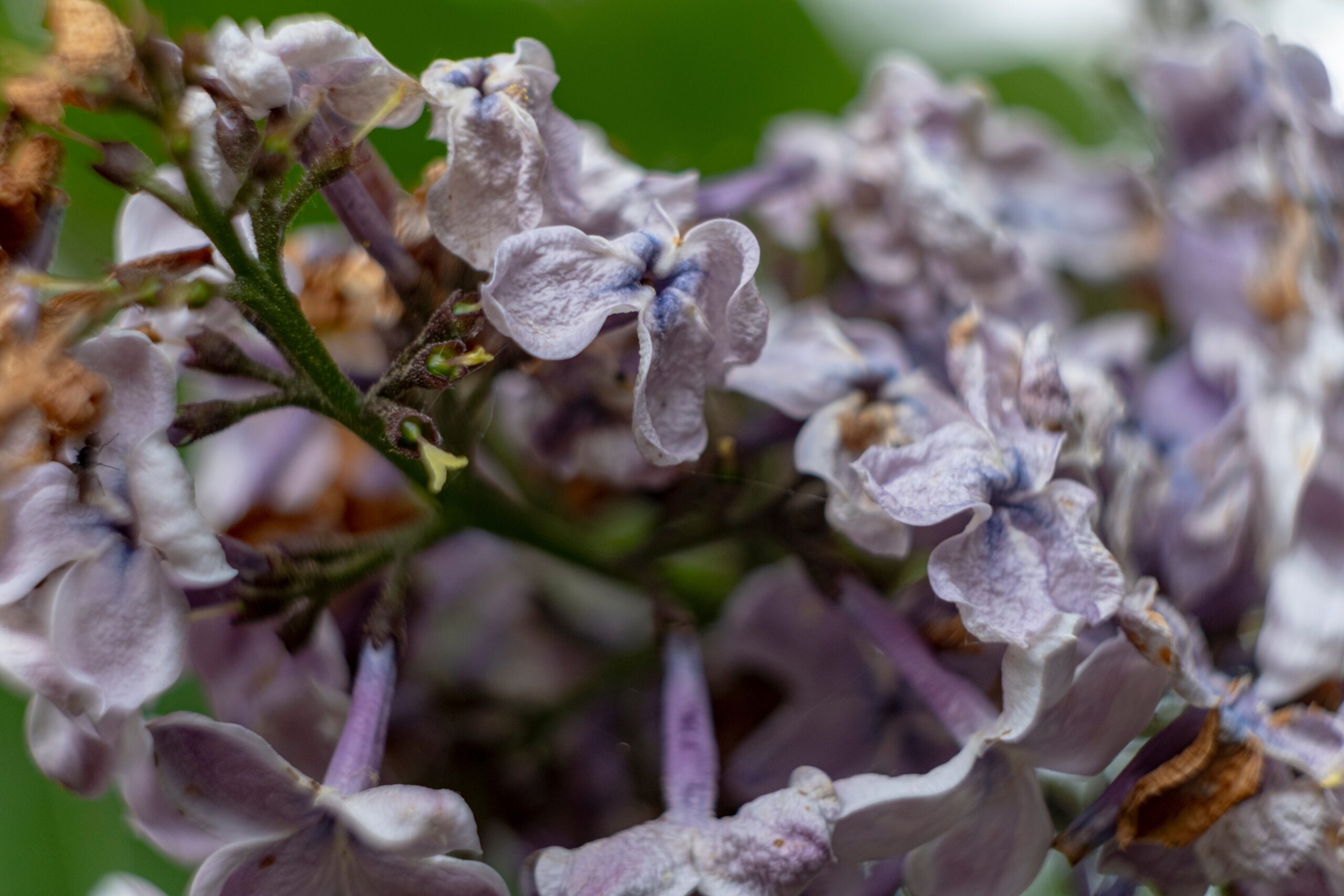
Lilacs are susceptible to various diseases, such as powdery mildew, leaf spot, and lilac wilt. Failing to recognize the early signs of these diseases can lead to the spread of infection and poor plant health. Signs of disease include discolored or deformed leaves, white powdery spots, and wilting or browning branches. To avoid this, keep an eye on your lilacs and treat any symptoms promptly with fungicides or other treatments designed to target specific diseases.
Ignoring disease signs can lead to a weakened lilac that may not recover and could eventually die off. Regularly inspecting your lilacs for signs of disease and taking immediate action will help prevent major damage. Proper care, such as watering at the base of the plant and avoiding overhead irrigation, can reduce the likelihood of disease outbreaks. By staying vigilant and addressing issues quickly, you can keep your lilacs healthy and vibrant.
Forgetting Regular Watering Needs
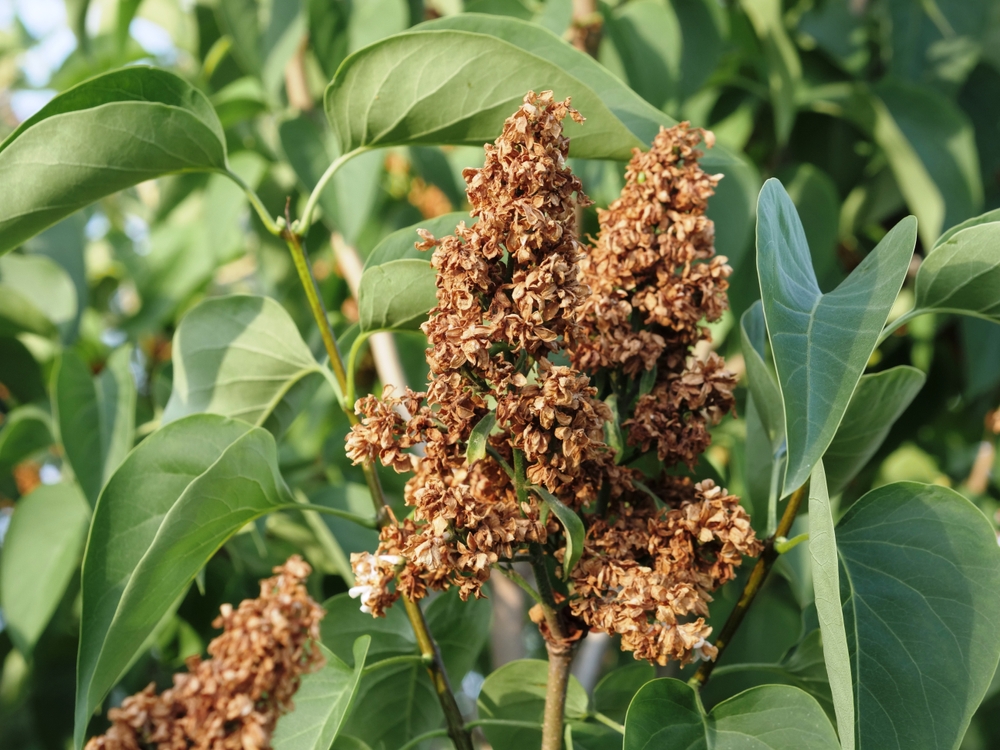
Regular watering is vital to the growth of lilacs, especially when they are young or newly planted. Forgetting to water your lilacs can cause them to become stressed, leading to poor growth and fewer blooms. Lilacs prefer deep, infrequent watering rather than shallow, frequent watering. To avoid neglecting watering, make sure to check the soil moisture regularly and water thoroughly when the soil feels dry.
When you forget to water your lilacs, they may begin to wilt, and their flowers may be sparse or absent. Inconsistent watering can cause stress on the plant, making it harder for lilacs to grow strong and healthy. During hot, dry spells, it is particularly important to keep the soil moist, but not soggy, to avoid root rot. By keeping up with your lilac’s watering needs, you will ensure they thrive and produce beautiful blooms.
Planting Lilacs in Shady Areas
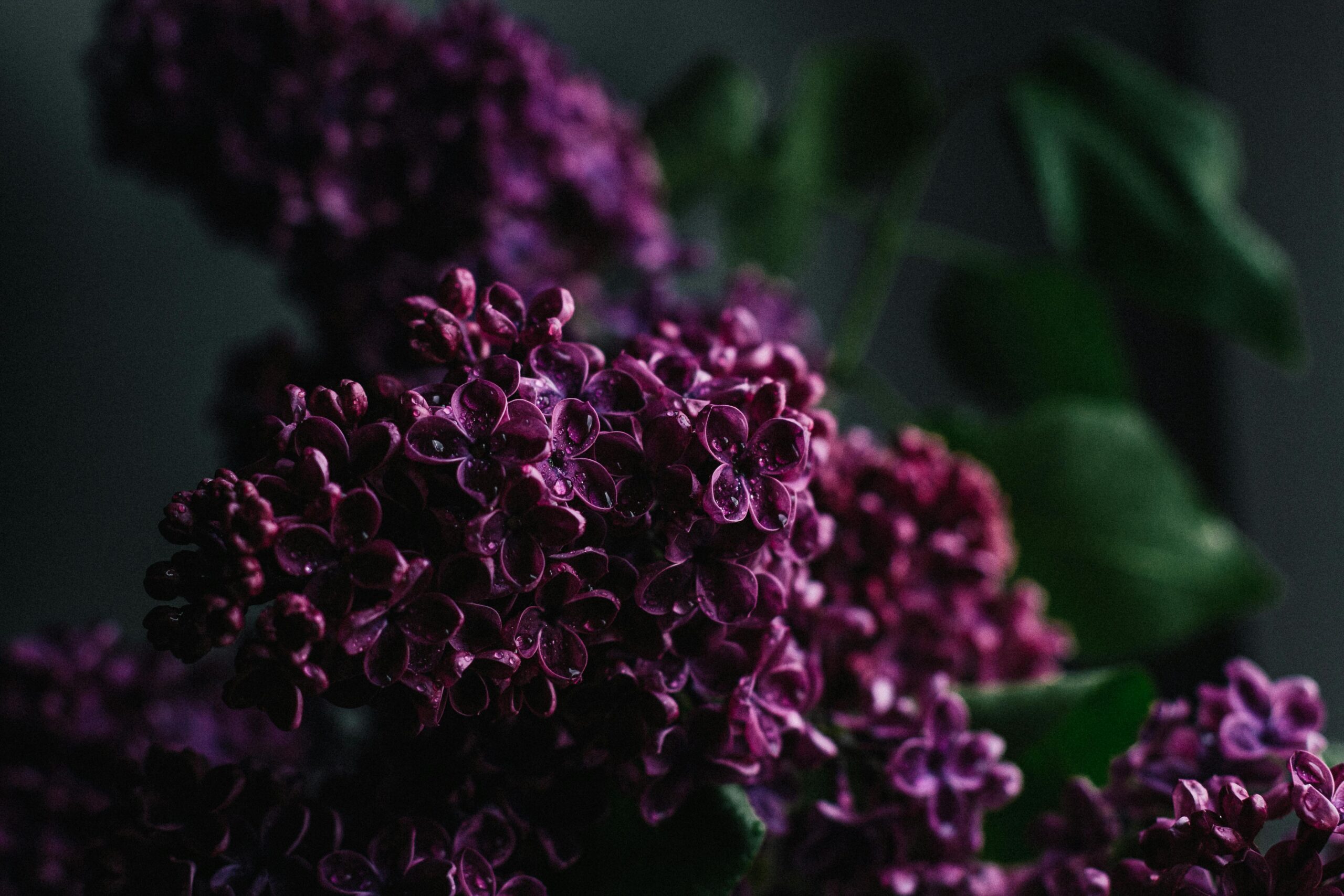
Lilacs need full sun to grow and bloom at their best. Planting them in shady areas can cause the plants to become leggy, with fewer flowers and weaker growth. If your lilacs do not get enough sunlight, they may fail to thrive and produce flowers, leaving you with a plant that looks unhealthy and unimpressive. To avoid this mistake, choose a planting site that gets at least 6 hours of direct sunlight each day.
Shady areas often have cool, moist conditions that are not ideal for lilacs. Without enough sun, the plant may become susceptible to fungal diseases and pests. When planting lilacs, look for a sunny spot in your garden to encourage optimal growth and blooming. By providing the right conditions for your lilacs, you will ensure they remain healthy and vibrant, producing an abundance of fragrant flowers.
This article originally appeared on Avocadu.
